Nieuwpoort definitely has a split personality. The charming and upmarket old town with its historic buildings and pleasant main square sits on the River Yser three kilometres from the coast. It is in stark contrast to the jumble of drab apartment buildings that are the backdrop to the beach. A walk along the Yser passing the harbour with its fishing boats and leisure craft connects the two. The river meets the North Sea at the mid-19th century wooden pier.
The historic heart of Nieuwpoort is centred around the Marktplein, an attractive square that would benefit from not being a car park. On one side of the square is the Stadshalle with its UNESCO listed belfry and the hulking mass of Onze-Lieve-Vrouwekerk. Both buildings date back to the 13th century, which gives you some idea of just how ‘new’ the port of Nieuwpoort actually is.
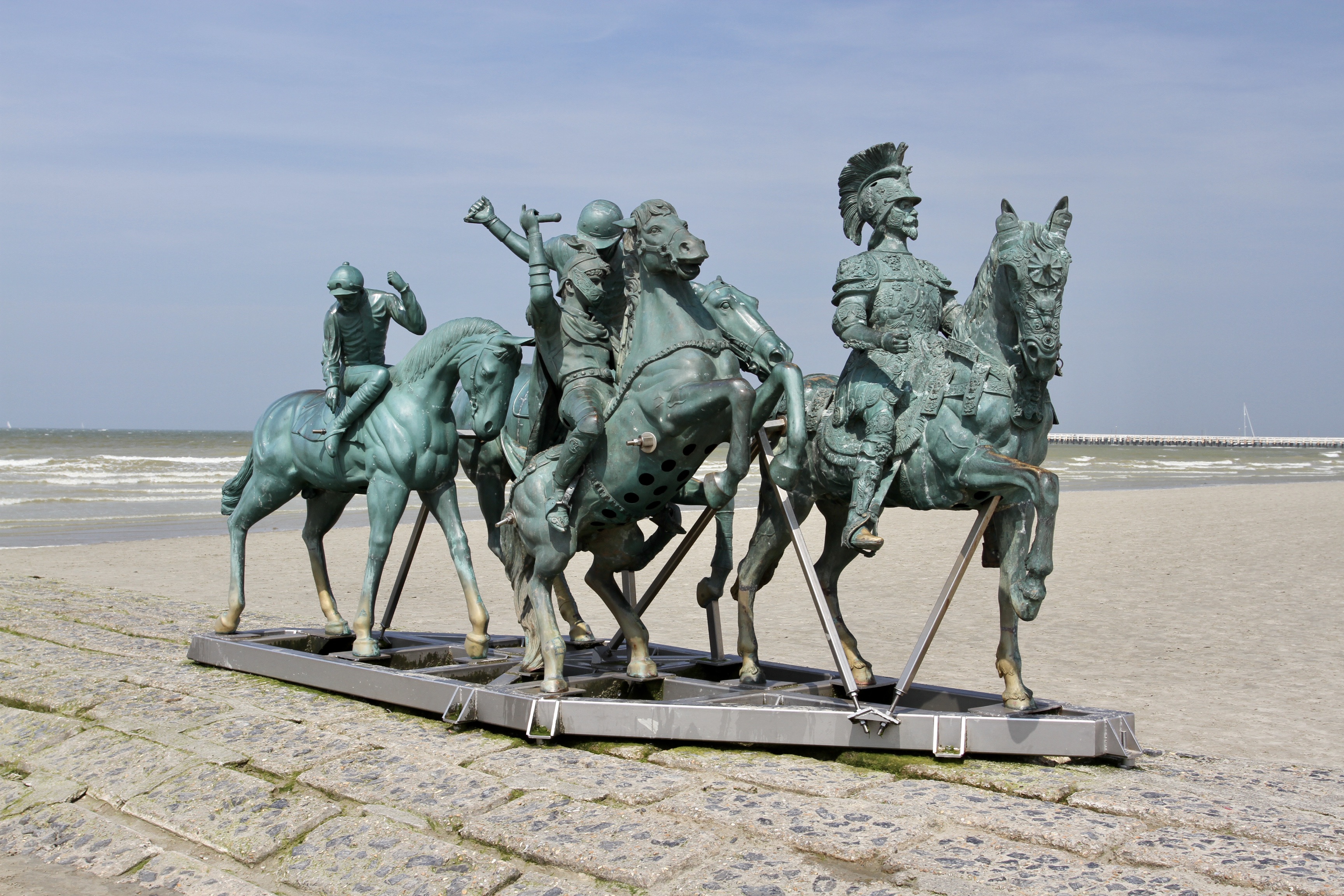
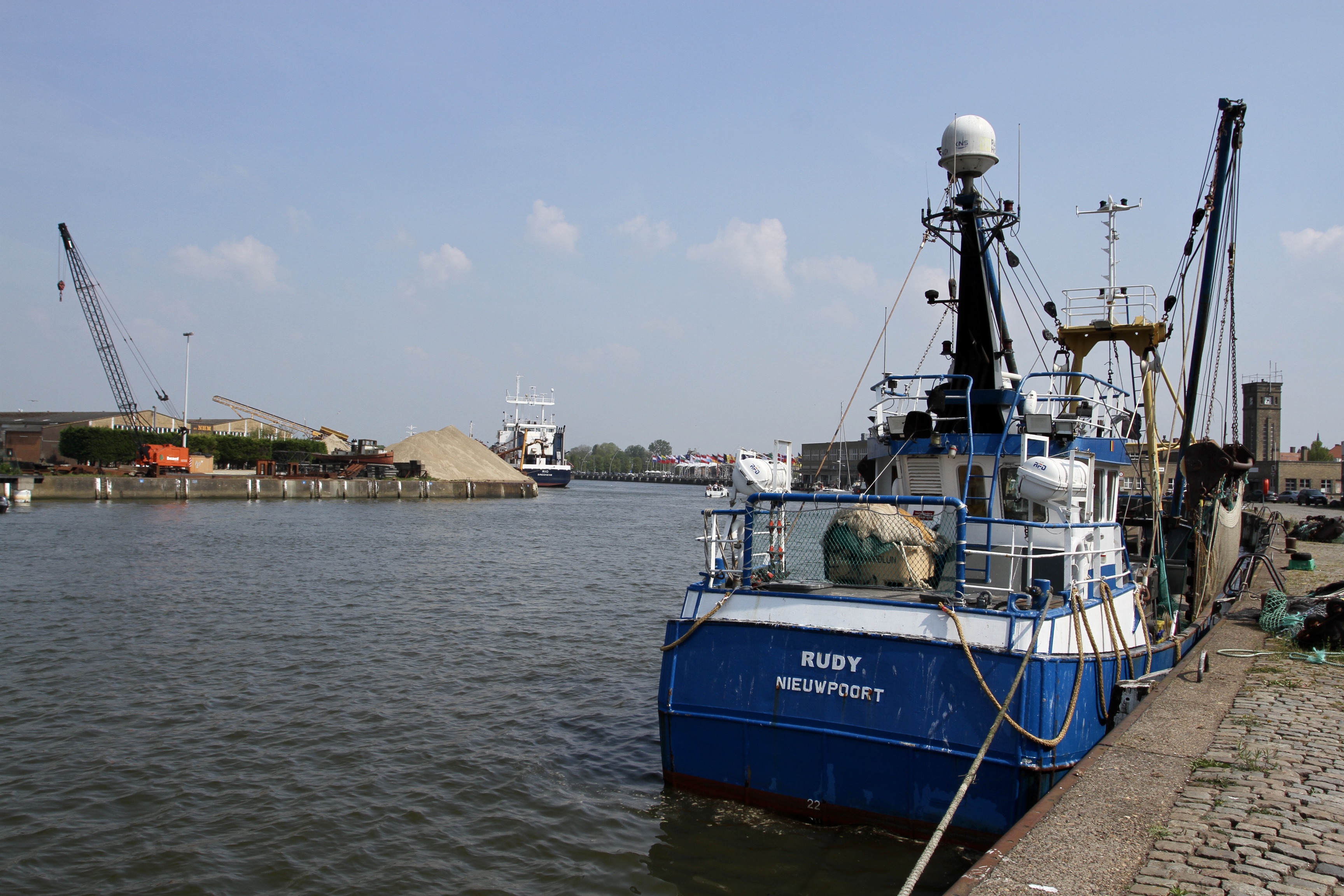
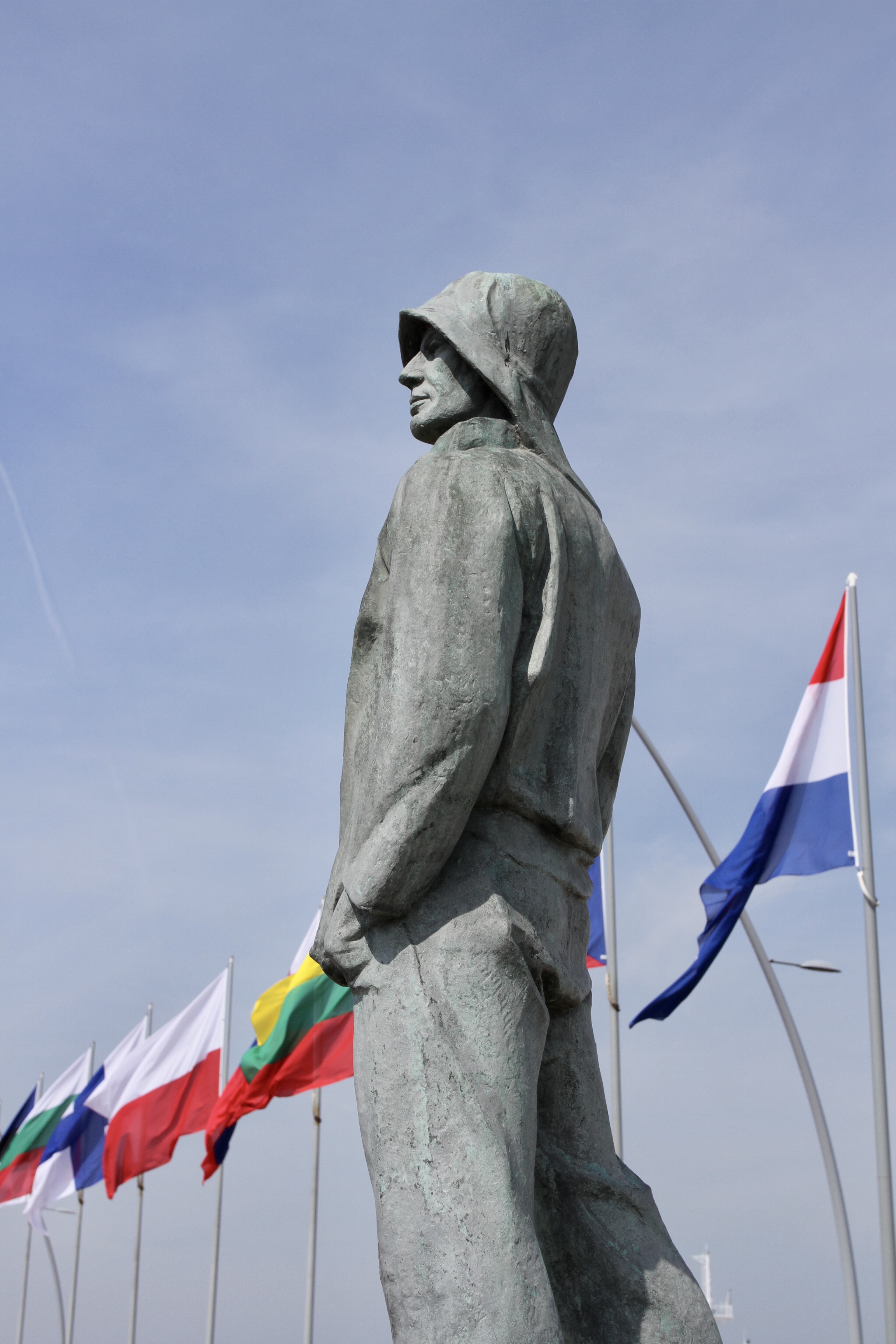

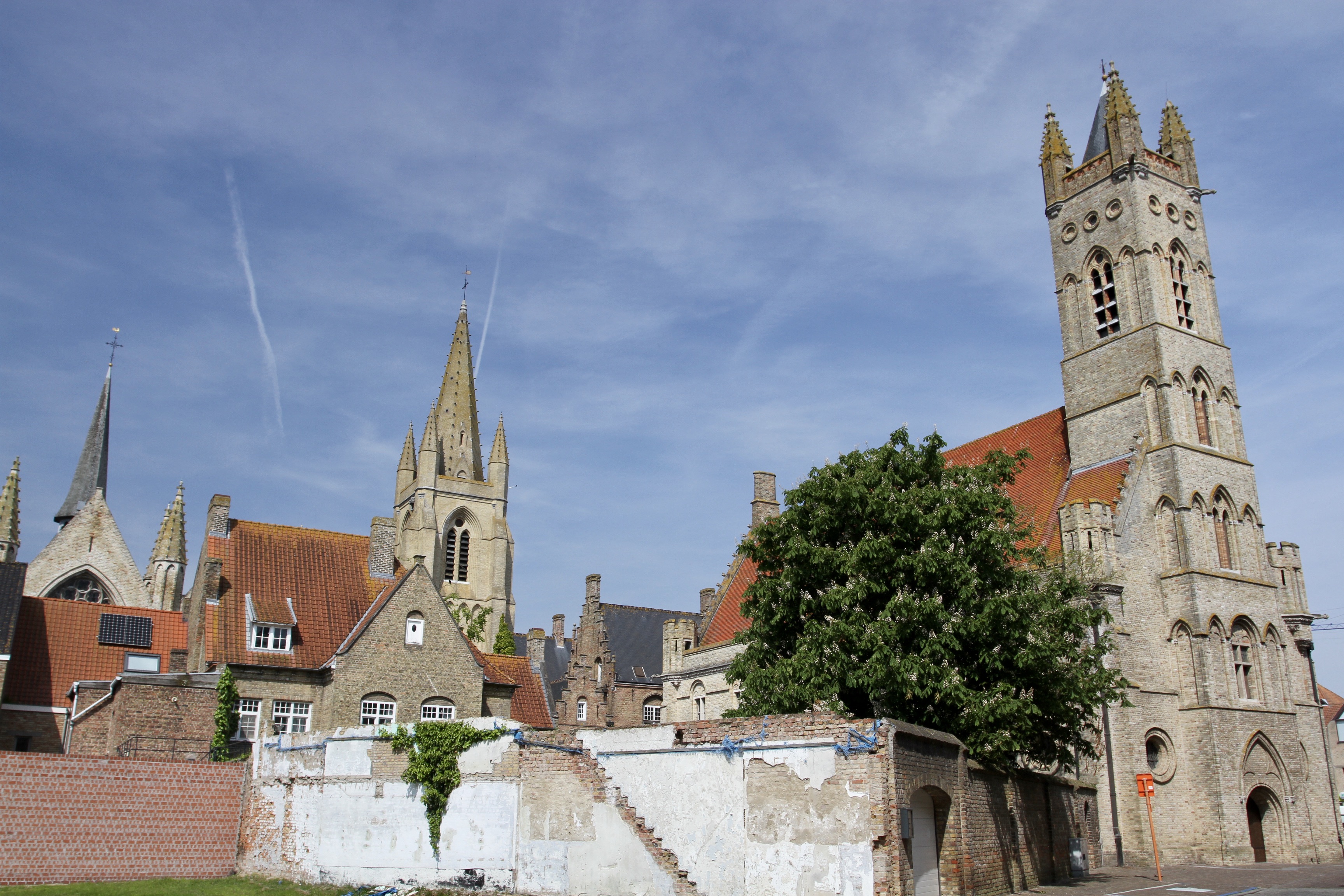
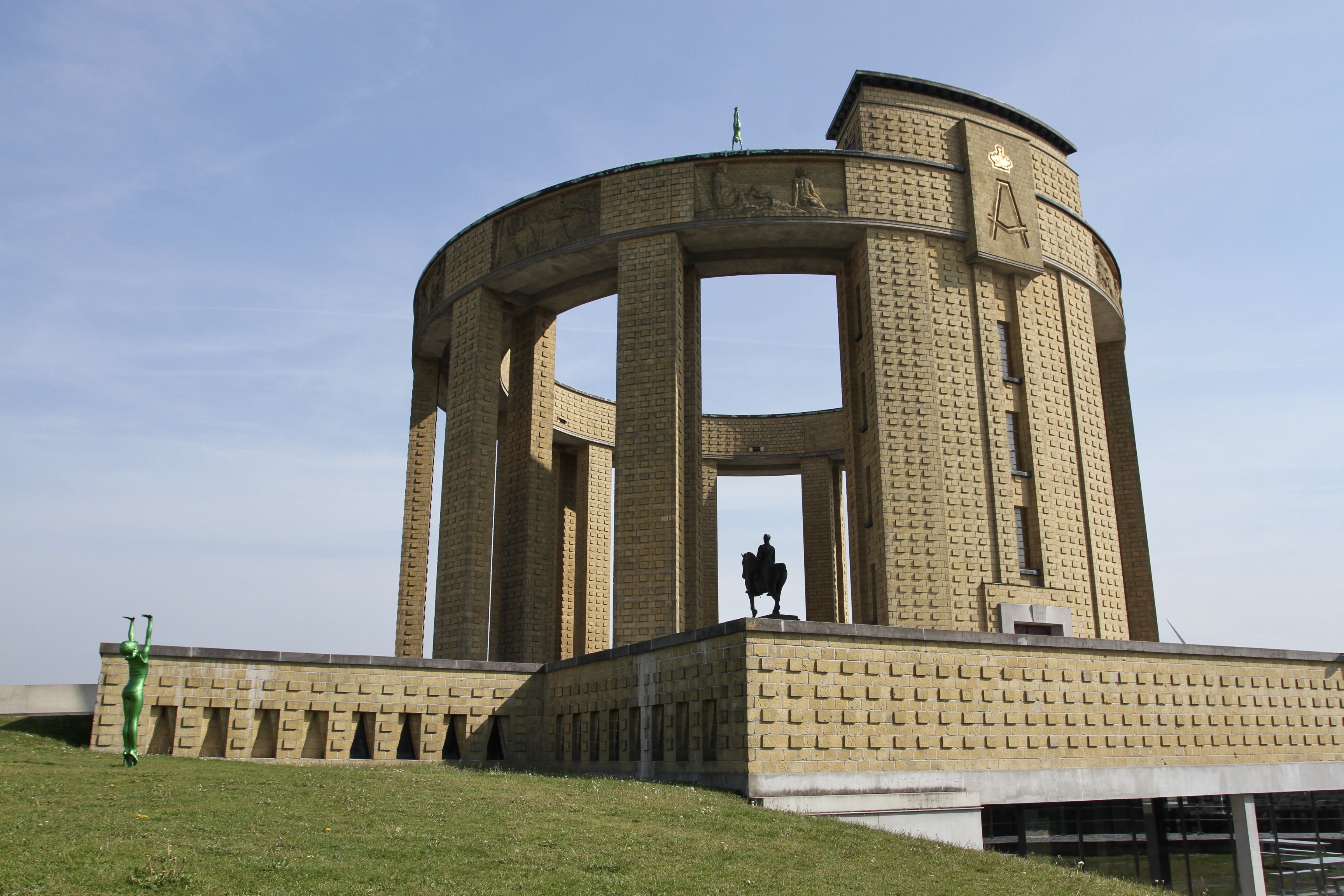
Although Nieuwpoort became the new port for the town of Ypres, to which it was linked by the Yser, that was in 1163. Its strategic position and commercial value made it a prize for invading armies, and it was the scene of numerous battles. French, Spanish and Dutch armies vied for control, including a famous Anglo-Dutch victory against the Spanish at the Battle of Nieuwpoort in 1600.
If there is a conflict that defines Nieuwpoort though, it is the First World War. As German armies fought their way across Belgium in 1914, there was a ‘race to the sea’. This attempt by both Germany and the Allies to outflank each other ended in stalemate. The Belgian army dug in along the Yser and the Yperlee canal and fought a vicious battle to hold on to the last area of unoccupied Belgium.
Under immense pressure and close to collapse, the Belgians had only one option. They opened sluice gates along the dykes and flooded the surrounding countryside with water. It worked, forcing a German retreat and preventing Nieuwpoort from being captured. It also left this historic town on the front line within range of German artillery. The result was disastrous.
Photos of Nieuwpoort at the end of the war show a town that was almost obliterated by four years of conflict. Like Ypres and Diksmuide, Nieuwpoort was rebuilt almost brick by brick to restore its former glory. Not just public buildings but also private houses, the year of completion is noted on the front of each building. It’s hard to believe that what you see today is essentially a reconstruction.
We began our visit by hopping off the coastal tram near the King Albert I Memorial. This massive First World War memorial overlooks De Ganzepoot, a complex of locks where several waterways converge. These were left open in 1914 to flood the surrounding area. We walked to the Marktplein where we stopped at one of the many cafes and restaurants ringing the square and overlooking the church.
After visiting the church, we set off through quiet streets to the harbour area. Here fishing boats are moored close to the Vismijn, the fish and seafood market. This is very much still a working port but the number of leisure craft far outweighs commercial vessels. It’s a pleasant and car free walk along the waterfront to reach the beach. The path brings you to the old wooden pier.

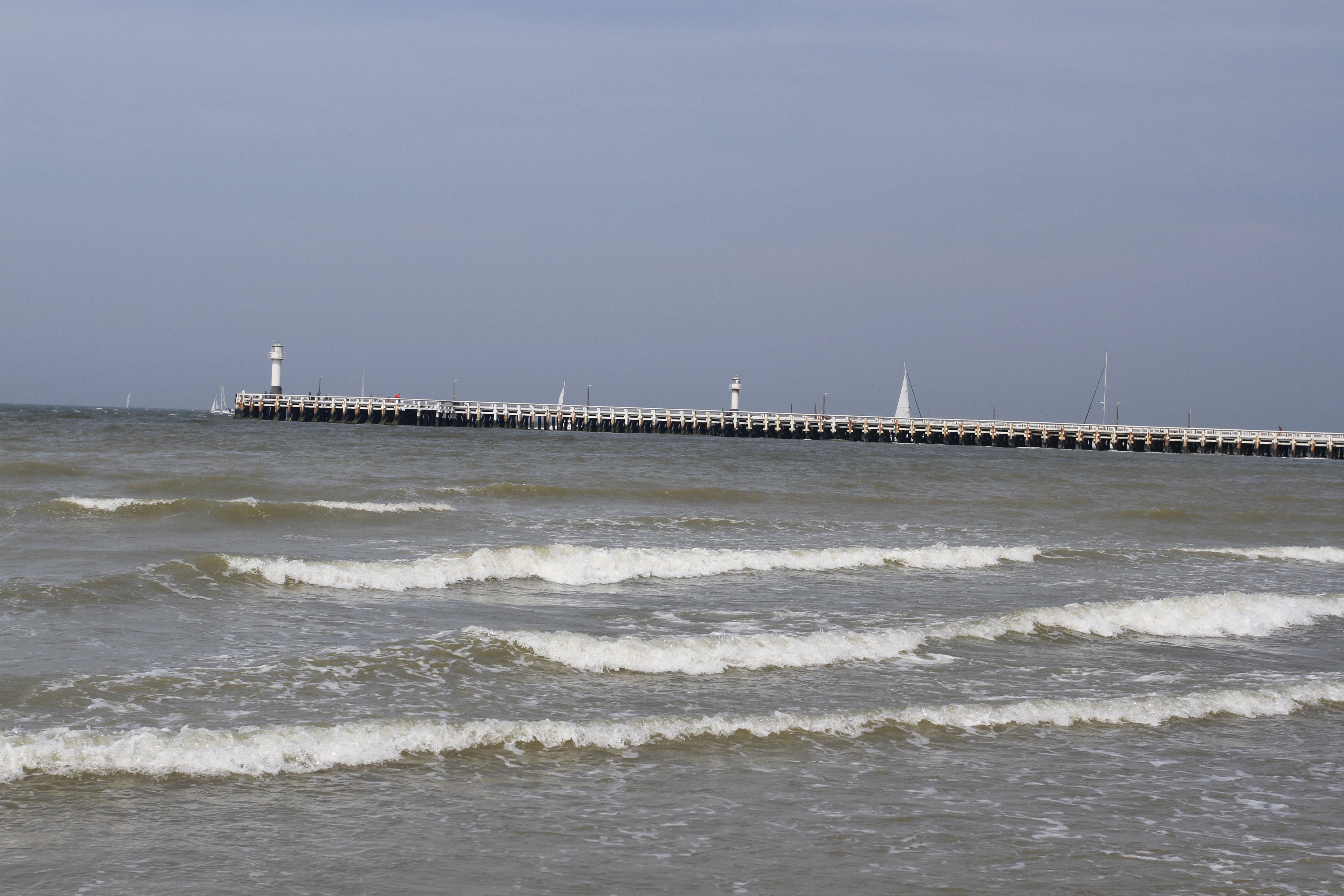
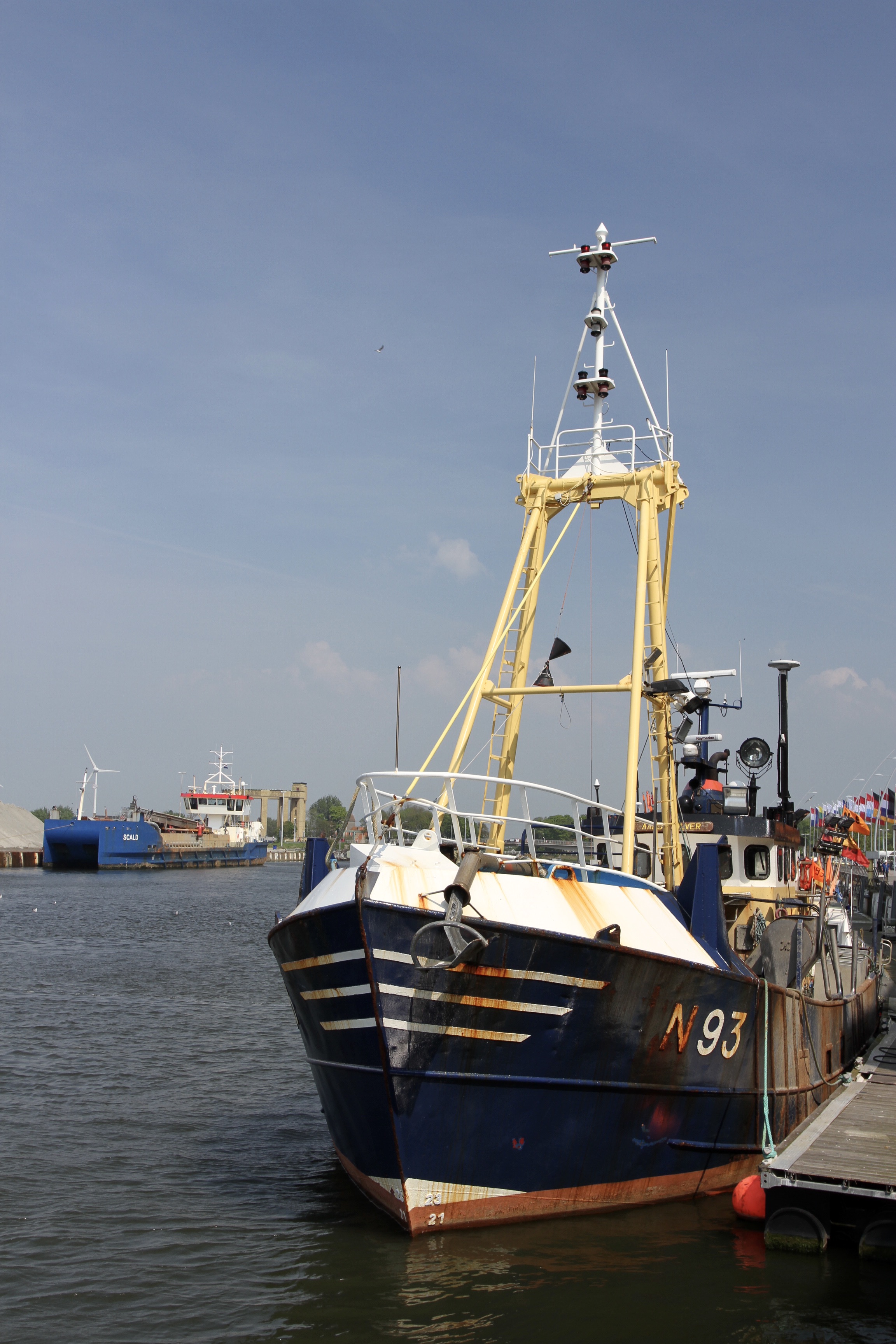

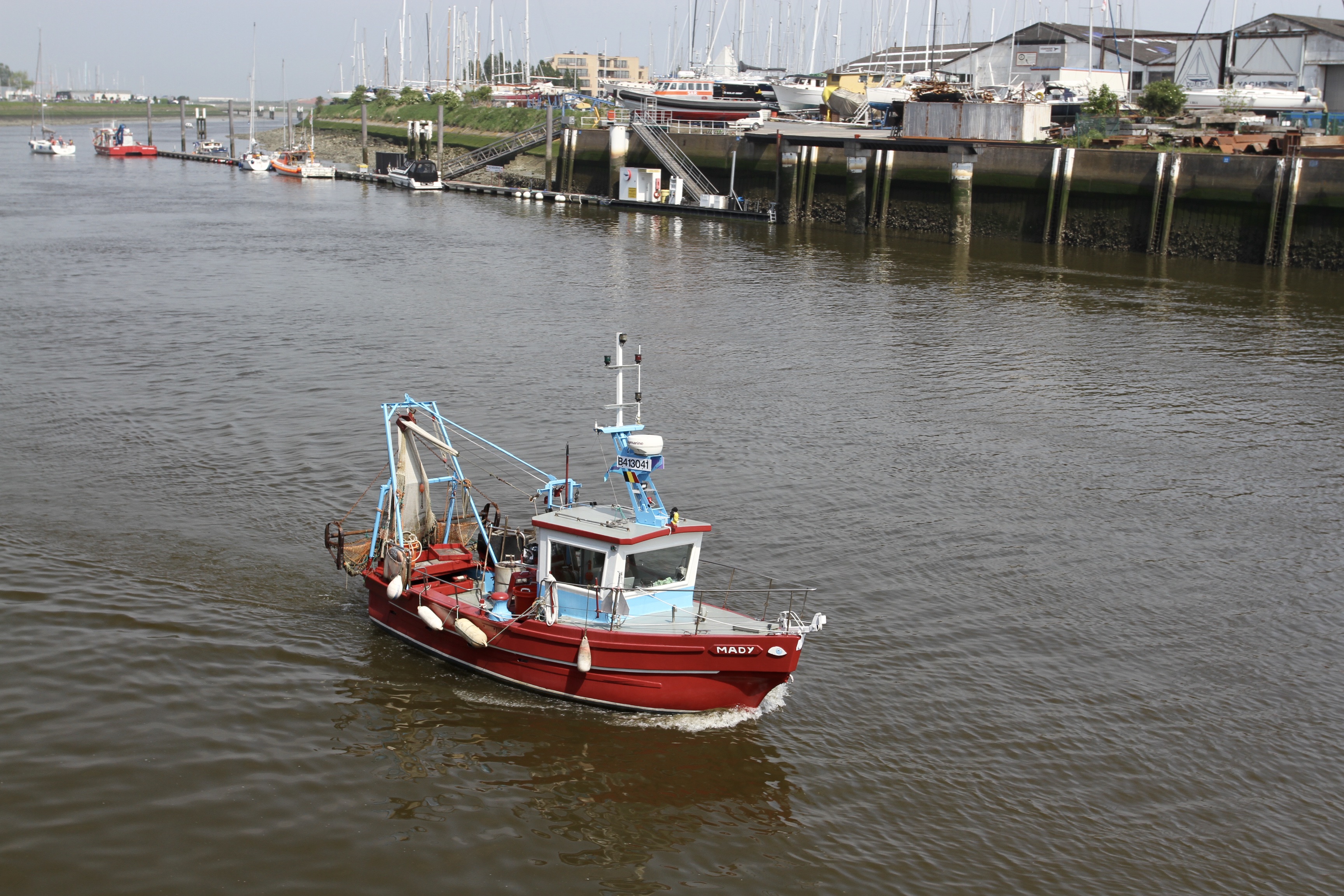

The beach and seafront were busy, especially as there was some massive walking event taking place, but we strolled along until we found somewhere for a late lunch. Later, a walk on the beach brought us to a sculpture by Nina Beier called Men. Commissioned at part of the 2018 Beaufort Triennial, this equestrian statue is now a permanent feature and one that is exposed to the tides as they ebb and flow.
Passing through the apartment blocks on our way back to the Old Town, we discovered another sculpture, this time of a giant golden sea turtle with a rider on top. Called Searching for Utopia and created by Belgian artist Jan Fabre, I saw an identical sculpture in Namur. It seems more at home by the sea, although for some reason it sits amongst buildings away from the coast without even a sea view.












